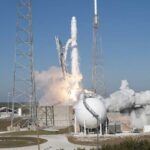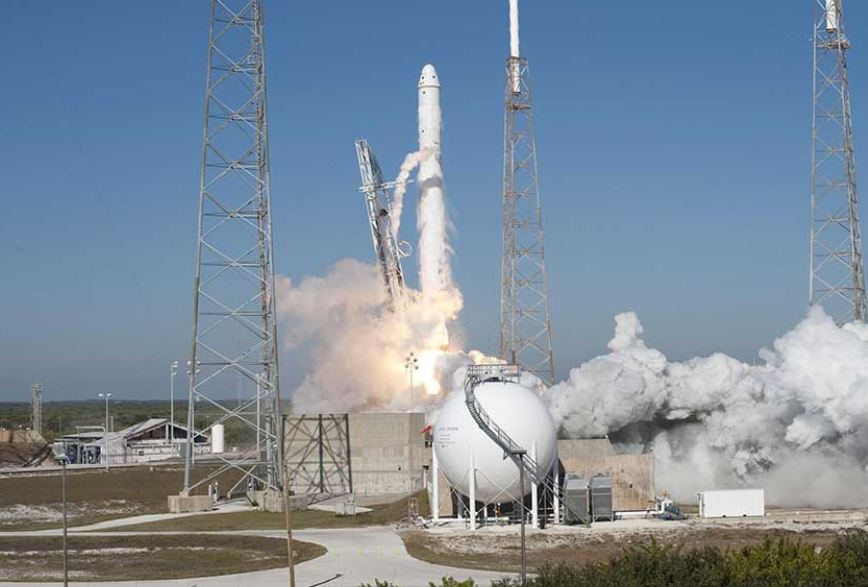2010
2010 – U.S.: SBSS – Snapshot
Another notable launch in 2010 was the first Space Based Space Surveillance satellite (SBSS-1) for the U.S. Space Surveillance Network. This branch of U.S. Strategic Command is tasked with detecting, identifying, and tracking space objects in order to provide true situational awareness in space. From its LEO orbit, SBSS-1 will supplement ground-based equipment that tracks more than ## objects orbiting Earth. Its vantage point from space means that its measurements are not subject to weather, lighting, or distortion that can be caused by the Earth’s atmosphere.
2010 – U.S. Space Surveillance Network – Snapshot
One specialized type of system that uses both satellites and ground stations is dedicated to space situational awareness (SSA). An SSA system tracks satellites and other objects orbiting Earth. This is accomplished through a series of ground stations which are dedicated to scanning the sky via a variety of means in order to detect and plot the courses of objects in space. This data is then compiled and analyzed to create a series of predictions regarding possible collisions.
2010 – NASA Demographics – Snapshot
Since 2004, NASA has been planning for the retirement of the Space Shuttle, scheduled to fly its last mission in 2011. The shuttle was to be replaced by the Constellation Program, which would have had both a smaller budget and workforce. In fiscal year (FY) 2009, approximately ## civil servants and ## contractors were employed nationwide by either the Shuttle or Constellation Program.
2010 – Ground Networks – Snapshot
An essential element of space infrastructure, ground stations transmit commands to and receive data from spacecraft. They also often contain facilities to process that data, particularly in the case of Earth observation satellites. The data sent from ground stations includes command and control data, software upgrades, and other mission-critical instructions. Satellites send information such as tracking and telemetry data in addition to imagery and scientific observations.
2010 – U.S. National Security Workforce – Snapshot
The U.S. private-sector and civil space workforce is complemented by a group of military space professionals maintained by the U.S. Department of Defense (DoD). The development of a dedicated DoD “space cadre” stemmed in part from a 2001 report by the Space Commission of the U.S. National Security Space Office (NSSO) noting that the DoD was “not yet on course to develop the space cadre the nation needs.”
2010 – U.S. Space Industry Salaries – Snapshot
In 2009, the average salary across the six core U.S. space industry sectors was $##. This was more than double the average private-sector salary of $##. The gap between space and general private-sector wages is even more pronounced within certain industry sectors. In 2009, professionals in two of the six space sectors analyzed earned an average salary in excess of six figures.
2010 – Trends and Events Affecting U.S. Employment – Snapshot
Though the U.S. workforce has remained robust over the past decade, the future of the space industry in the United States deserves careful analysis and consideration. The workforce is likely to be affected by the retirement of the Space Shuttle and recent changes in NASA’s human spaceflight program.
Launch Log, 2010


Interested in global space launch vehicle satellite activity? Please select the associated link to read about it. Launch data is updated every day during weekdays, excluding U.S. holidays.
2010 – Positioning, Navigation, and Timing Systems – Snapshot
Note: This exhibit is from The Space Report 2011.
2010 – Space Economy Metrics – Snapshot
Different definitions, classifications, accounting systems, and budgetary cycles further complicate the important task of identifying and globally assessing the value of space investments. Neither are there sufficient mechanisms to track how average companies or individuals use and benefit from space.